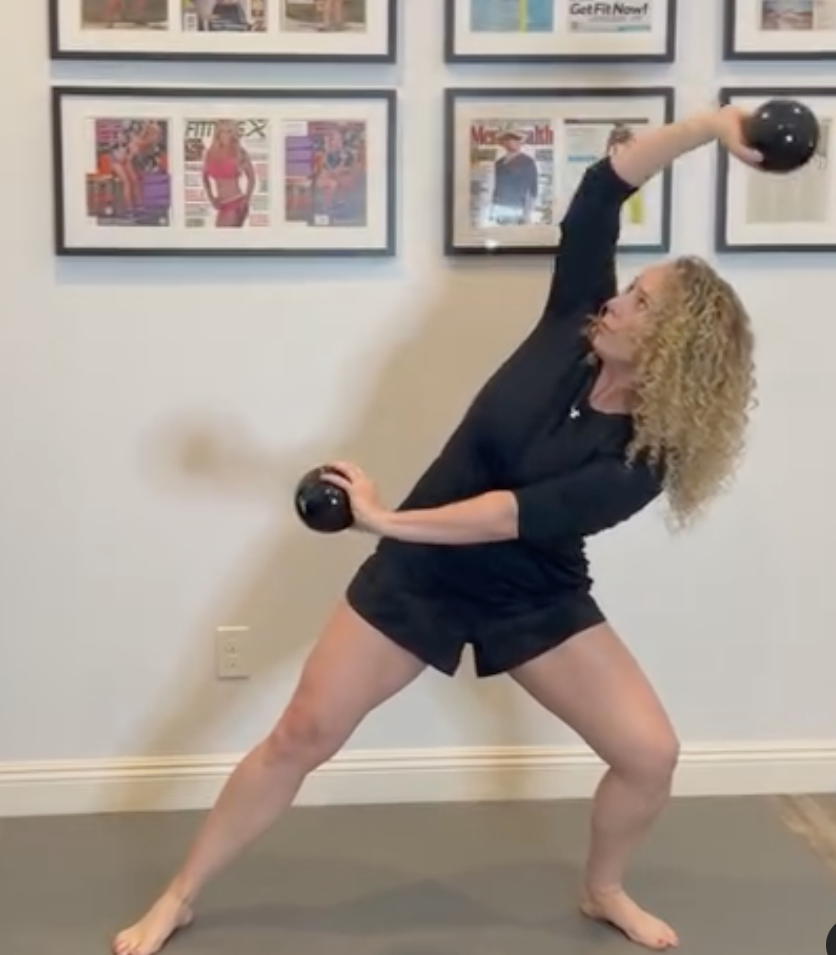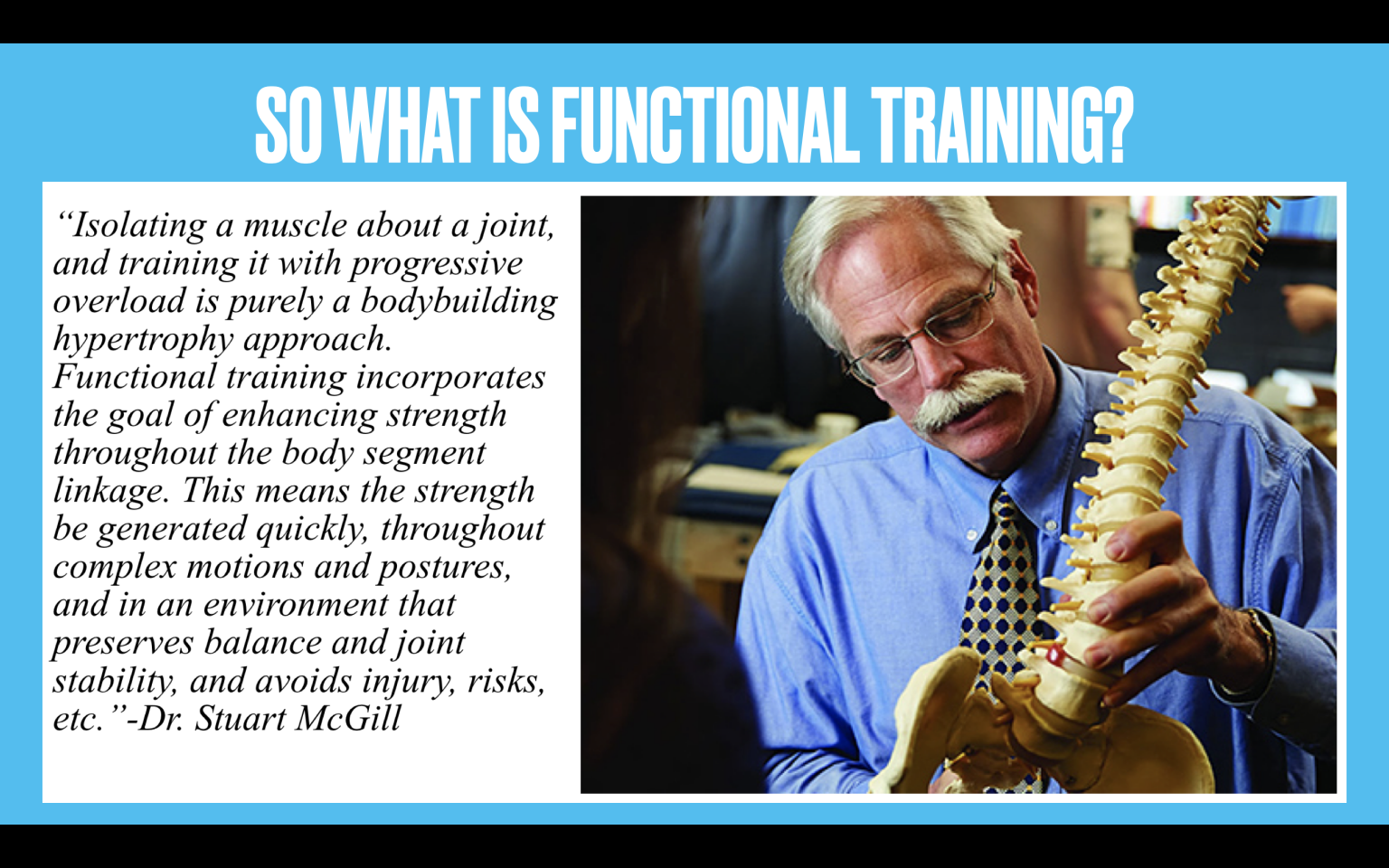The Superiority of Functional Training Over Machine Weights
2024-09-26
Jessica Bento, Physical Therapist (Creator DVRT Restoration Certification, DVRT Rx Shoulder, Knees, Pelvic Control, & Gait Courses)

In recent years, I’ve seen the fitness industry, as well as the therapy world, start to move away from functional training, and it appears there has been a shift back to traditional machine weights and isolated strengthening. This saddens me as just the other day I heard a well know physical therapist say, why not just do machine weights?” Well there are a lot of reasons not to do machine weights especially if you are coach, therapist or just someone trying to move and feel better.
Understanding Functional Training
Functional training refers to exercises focus on foundational movement patterns, focusing on improving strength, balance, coordination, and endurance. Unlike machine weights, which often isolate specific muscles, functional training engages multiple muscle groups and promotes a more holistic approach to fitness. This type of training includes movement patterns such as hinging, squatting, lunging, pushing, pulling, gait and rotation. The focus is how move in life and sport.

Benefits of Functional Training
There are many benefits functional training offers that cross both movement and fitness goals that often get overlooked.
1. **Improved Movement Patterns**: According to a study published in the Journal of Strength and Conditioning Research, functional training enhances the body’s ability to perform daily activities safely and efficiently (Behm et al., 2010). By focusing on compound movements that engage various muscle groups, individuals can improve their overall movement patterns.
2. **Enhanced Core Stability**: Functional training emphasizes core strength, which is crucial for overall stability and injury prevention. A study in the Journal of Sports Science & Medicine found that functional training significantly improved core stability among participants, which is essential for both athletic performance and daily activities (Mackenzie et al., 2013).
3. **Increased Caloric Burn**: Functional training often involves higher intensity and dynamic movements compared to traditional weightlifting. Research published in the Journal of Obesity indicates that high-intensity functional training can lead to greater caloric expenditure, making it an effective option for weight loss and improving cardiovascular health (Hoffman et al., 2015).
4. **Reduced Risk of Injury**: A systematic review in the British Journal of Sports Medicine highlights that functional training can reduce the risk of injury by improving overall body mechanics and strengthening stabilizing muscles (Häkkinen et al., 2015). This is particularly beneficial for athletes and individuals engaged in physical labor.
5. **Versatility and Accessibility**: Functional training can be easily adapted to suit different fitness levels and goals. It requires minimal equipment, making it accessible for individuals training at home or in small spaces. This adaptability makes it particularly appealing in today’s fast-paced world.
View this post on Instagram
Comparing Functional Training and Machine Weights
While machine weights can be beneficial for building muscle mass and targeting specific muscle groups, they often lack the versatility and comprehensive benefits of functional training. Machines can isolate muscles but do not necessarily translate to improved performance in real-life activities. A study published in the Strength and Conditioning Journal suggests that functional training is more effective than traditional weight training in enhancing athletic performance, as it prepares the body for a wider range of movements (Zemková et al., 2017).
Furthermore, machine weights may limit the natural range of motion and can lead to muscular imbalances if used excessively without incorporating functional movements. In contrast, functional training promotes a balanced development of muscles and better overall fitness.
Functional training offers numerous advantages over traditional machine weights, making it a superior choice for many individuals. By improving movement patterns, enhancing core stability, increasing caloric burn, reducing injury risk, and providing versatility, functional training is not only effective but also essential for achieving optimal fitness levels. As the fitness landscape continues to evolve, embracing functional training may be the key to achieving sustainable health and performance.
You won’t die if you use machines (at least really unlikely), but you also may not be using your training most efficiently. I imagine that most people want to know what they are doing in the gym is doing the MOST to improve as many aspects of their fitness and health as possible. That is why machines just don’t make a lot of sense and yes, understanding how to optimize functional training takes some know how, but that is why we offer SOOOO many courses to teach you how.
It is also why I hope you will join us for our upcoming Fascial Training Masterclass starting October 8th. You can get continuing education units and get a FREE $30 gift card to Perform Better if you sign-up by October 4th. Don’t miss it, sign-up HERE!
View this post on Instagram
References
– Behm, D. G., & Sale, D. G. (2010). Velocity specificity of resistance training. *Journal of Strength and Conditioning Research*, 24(1), 142-149.
– Mackenzie, B., & Stokes, D. (2013). The effects of functional training on core stability. *Journal of Sports Science & Medicine*, 12(1), 1-6.
– Hoffman, J. R., & Kang, J. (2015). The effects of high-intensity functional training on body composition. *Journal of Obesity*, 2015, 1-6.
– Häkkinen, K., & Komi, P. V. (2015). Strength training for injury prevention. *British Journal of Sports Medicine*, 49(8), 496-504.
© 2026 Ultimate Sandbag Training. Site by Jennifer Web Design.







